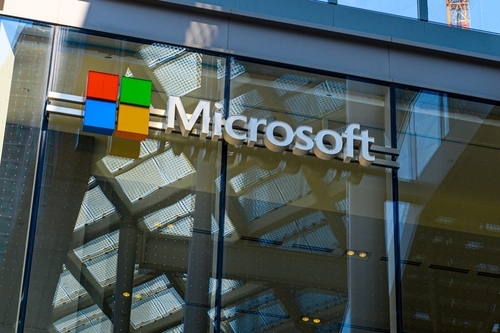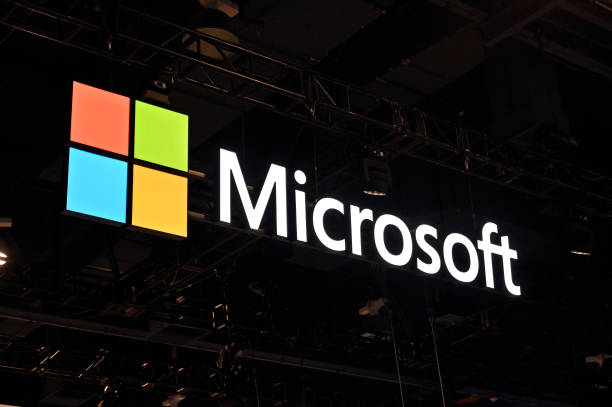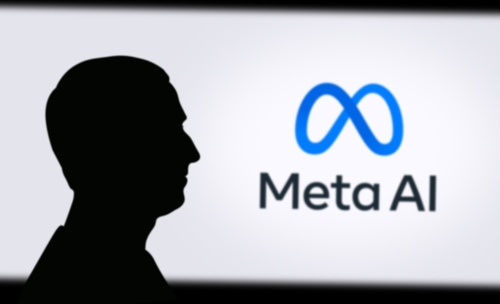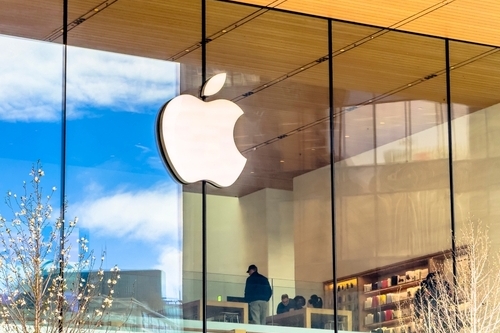COLUMN-Have we seen Powell's last rate cut as Fed chair?: McGeever

By Jamie McGeever
ORLANDO, Florida, July 31 (Reuters) - Federal Reserve Chair Jerome Powell made it clear on Wednesday that the resilient U.S. labor market is currently the primary determinant of monetary policy, a signal that strong July employment figures could snuff out all bets for a September rate cut and reduce the likelihood of any further easing this year.
At his press conference following the Federal Open Market Committee's meeting on Wednesday, Powell insisted that the rate-setting body's next move will depend on the "totality" of incoming economic data. He acknowledged the case for easing, like the softening in consumer spending, GDP growth of only 1.2% in the first half of the year, and downside risks to the job market from weakening labor demand and supply.
But he signaled why the Fed is maintaining its mildly restrictive stance: "The main number you have to look at right now is the unemployment rate," Powell told reporters.
This firm position is particularly notable given that Governors Christopher Waller and Michelle Bowman voted to ease, the first time in over 30 years that there have been two dissenters at a Fed policy meeting.
But Powell has a point. The labor market is still broadly in balance, thanks to tighter immigration controls capping the inflow of foreigners into the workforce. Other indicators like job quits and openings rates are holding up well too. Plus, an unemployment rate of only 4.1% is hardly justification for a rate cut.
The initial market reaction – a retreat on Wall Street, rise in bond yields, surge in the dollar and further cooling of rate cut bets in money markets – suggests investors heard Powell's message loud and clear.
Rates futures markets now indicate that the probability of a quarter-point cut in September is essentially a coin toss, the least dovish pricing in over a year. Only one rate cut by the end of this year is fully priced.
Steven Englander, head of global G10 FX research at Standard Chartered, says it's difficult to argue with the market's interpretation based on Powell's tone.
"Powell is pretty clear that he's tying himself to the unemployment rate," Englander notes.
PRECARIOUS FULL EMPLOYMENT
The labor market's resilience shows why financial markets have once again overestimated the Fed's appetite for easing.
The unemployment rate has been anchored at 4.0-4.2% for over a year. That's historically low, and as Powell says, essentially shows the economy is running at full employment. As long as that remains the case it will be difficult to justify cutting rates, even if that balance is increasingly precarious due to the "dual slowing" of labor supply and demand, as RBC's Mike Reid puts it.
And we mustn't ignore inflation, which also arguably warrants Powell's "modestly" restrictive policy stance. Annual inflation is running "somewhat" above the Fed's 2% target, according to Powell, with core CPI at 2.9% and core PCE at 2.8%.
And with the pass through from tariffs yet to be fully felt, the risks to prices are skewed to the upside. Powell reckons that tariffs should represent a one-off price rise only, but he admits no one can be sure. If the nascent tariff-fueled creep in goods prices persists, the Fed may feel it has to wait to ease policy until the impact subsides. And that probably won't be until next year.
At the height of the post-Liberation Day turmoil in early April, traders were pricing in more than 130 basis points of easing this year. And just one month ago, they were expecting around 70 bps of cuts by year end, but that's now down to around 35 bps.
Looking further out, only 65 bps of easing is priced into the futures curve by May of next year when Powell's term as Fed Chair ends. Could Powell have presided over his last rate cut as Fed Chair? That's unlikely, but certainly not impossible.
(The opinions expressed here are those of the author, a columnist for Reuters)





